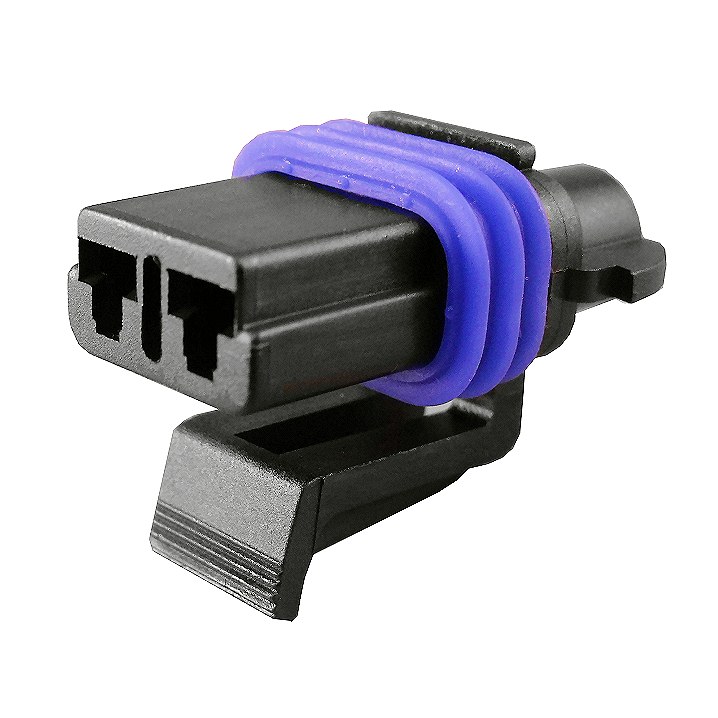

A receptacle contact spring ensures low insertion force while mating and helps the connector endure overstress during nonaligned insertions. There are two types of contact springs: a receptacle, which is generally a spring member, and a plug, which in most cases is rigid and provides a means for deflecting the receptacle spring to generate the contact normal force. The electrical requirements of the contact spring are contact resistance, current rating, inductance, capacitance, and bandwidth. The key mechanical requirements of the contact spring are insertion and extraction force, contact force, contact retention, and contact wipe. It also provides the normal force, the component of the force that is perpendicular to the surface of contact, which helps in the formation and maintenance of the separable interface. The contact spring provides the path for the transmission of a signal, power, and/or ground between the circuits that a connector connects.

The contact interface is defined by the physical electrical connection of the pieces of the connector that are mated, and this determines how well the connector performs. The main components of a connector include the contact springs, contact finish, and connector housing. Each connector type and category is defined by form factors, materials, capabilities, and special features that make them uniquely suitable for the applications into which they are designed. Separable connectors are a vast and diverse components group. We sell a crimper that can be used with these contacts, but many crimpers designed for small uninsulated contacts will work as well if you have already have something in the toolbox.Can you identify the basic parts that make up a connector? In this excerpt from the new book, “Electrical Connectors: Design, Manufacture, Test, and Selection,” two professors share fundamental knowledge about the principals of interconnect technology. If contacts don’t want to stay in the housing, the plastic tab can usually be pressed down a bit to help lock the contact in place. If this tab is lifted slightly, the contact slides out. There is a plastic tab that locks the contact in place. if you decide you want to change from individual jumpers to one that has a 3-pin housing for hooking up to a sensor for instance, you can easily pop the single housings off and pop a 3-pin housing on. On multi-contact housings you can even mix contacts in the same housing in order to key it.Īnother nice feature is the housings are also very easy to get contacts in and out of unlike most housings. One nice feature is that the same housing can mount either male or female contacts making them flexible in their application. They are also handy for making custom cables for connecting sensors and similar peripherals. Fits standard Dupont style 2.54mm (0.1″) male and female pinsĭupont style connectors are the ubiquitous connectors used for making solderless breadboard jumpers as they come in both male and female contacts that mate well with 2.54mm / 0.1″ standard male and female headers as well as solderless breadboard contacts.īesides making custom jumpers, many items that are not solderless breadboard compatible can be made compatible by soldering wires to them and adding these connectors.KEY FEATURES OF DUPONT 2.54MM CONNECTOR HOUSING 3-PIN: Qty 25 – Dupont style 2.54mm Connector Housing 3-Pin.

These Dupont style 2.54mm connector housings are used to make custom jumper cables for solderless breadboards or to go between standard male and female headers that are on standard 2.54mm (0.1″) centers.


 0 kommentar(er)
0 kommentar(er)
